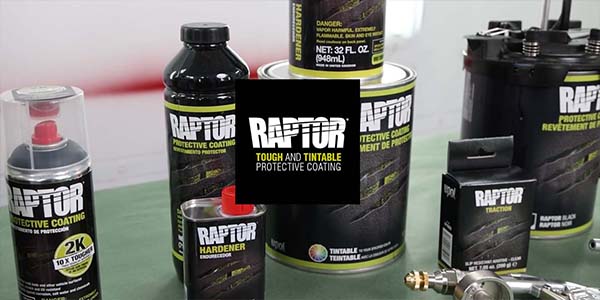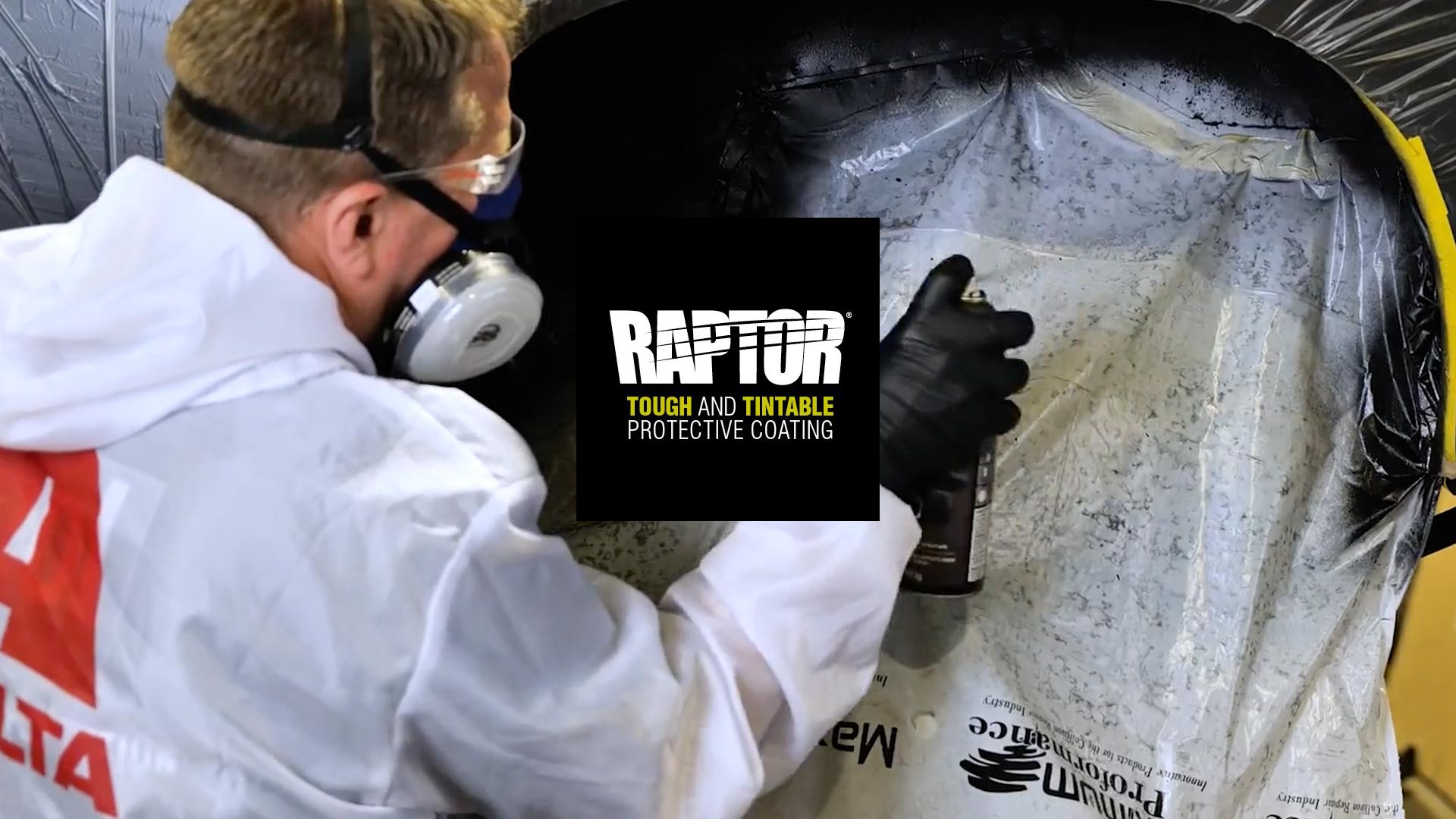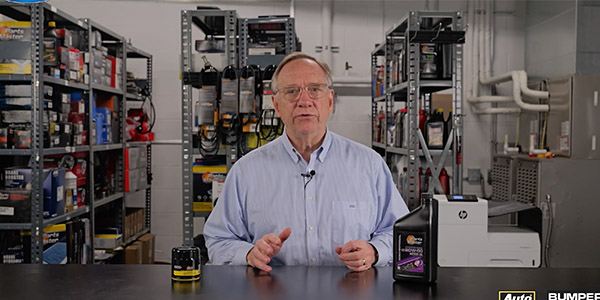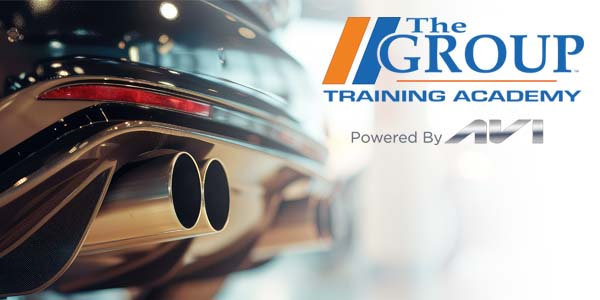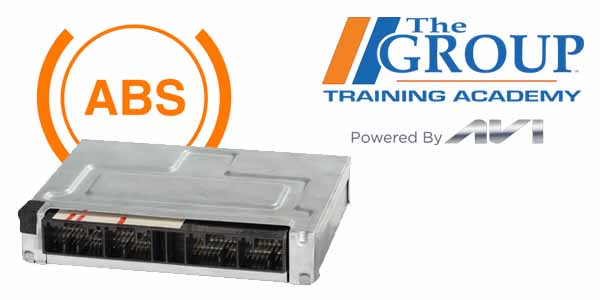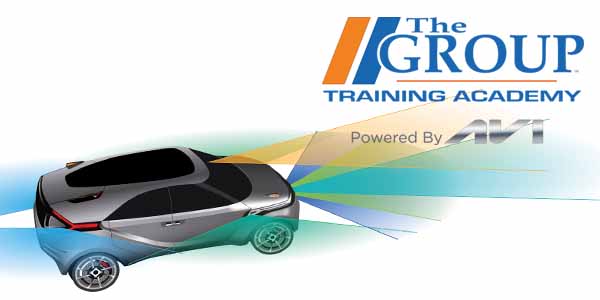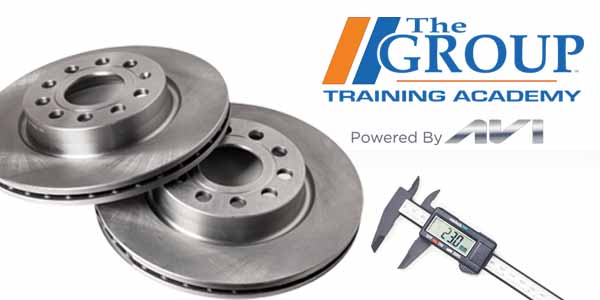The driveshaft coupler might be one of the most overlooked undercar components.
It’s known by many other names, such as driveshaft coupling, flexible driveline coupling, driveshaft coupler flex joint and flex disc. You also might know this part as a giubo, a term that was coined by its inventor, Antonio Boschi.
You’re most likely to be familiar with it if you have customers who own European luxury vehicles, but you’ll also find it on some domestic applications as well.
This video is sponsored by The Pronto Network.

